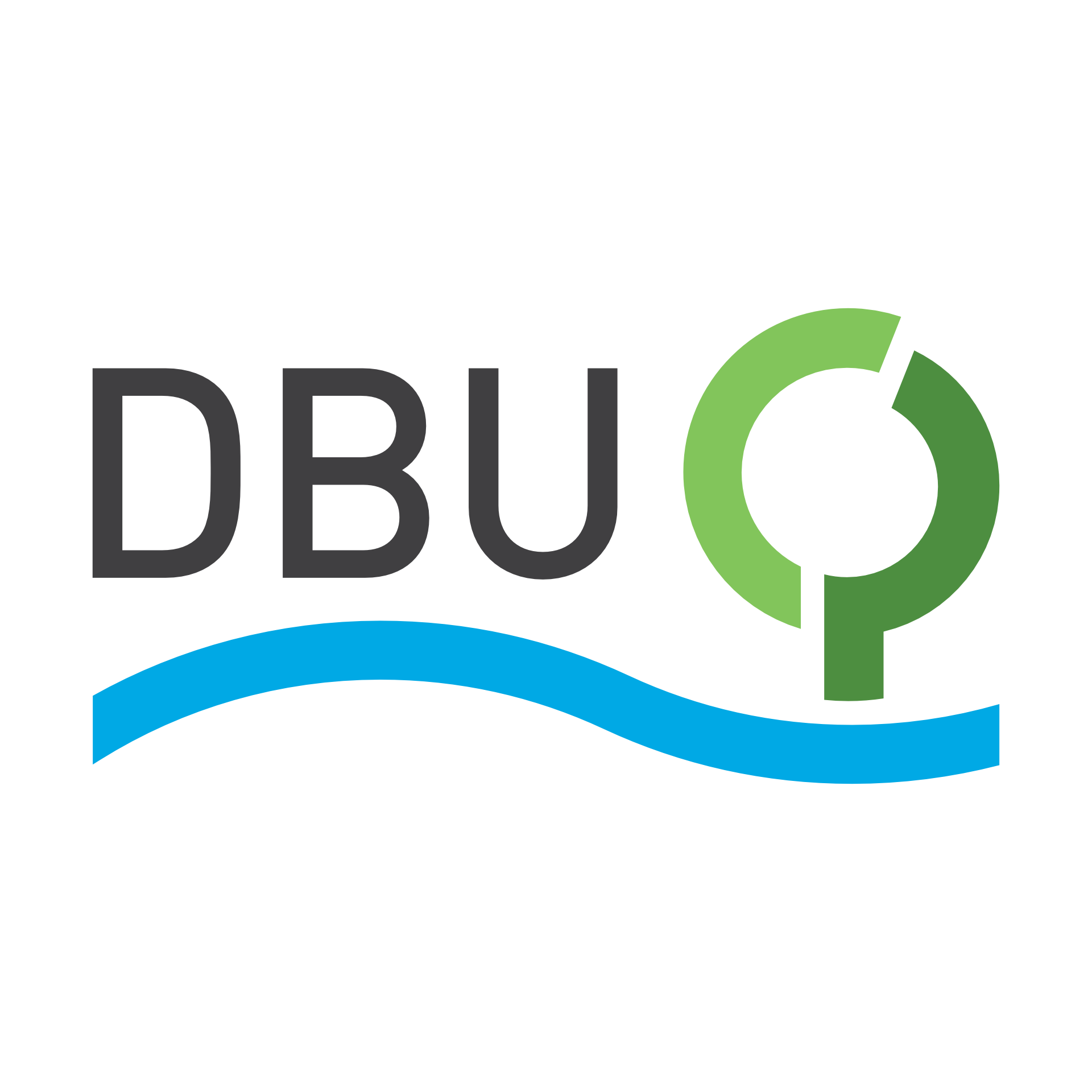SDG 15: Life on Land

This Learning World focuses on understanding how humanity influences and depends on life on land and how terrestrial ecosystems are in need of protection. The Learning World provides ideas and components that you can integrate into your teaching: An interactive boardstory with complementary exercises, a glossary with the most important terms of the Learning World, additional exercises to consolidate and further reflect on the contents of SDG 15 as well as examples of the connections between this SDG and others.
Boardstory for interactive learning
Educational Material
The Learning Objectives outline the key competencies students will develop by completing this Learning World. They also highlight connections to other topics, encouraging further exploration and discussion beyond this module.
Learning Objectives
Acquiring competencies for sustainable development is part of a lifelong learning process. The boardstory and exercises provided in this learning world initiate this process and help students gain knowledge, reflect and think critically, and take meaningful action. After completing this unit, it is recommended to foster the development of the desired competencies for sustainable development e.g. by teaching further learning worlds. Thus, expanding students’ skill sets further.
With this in mind, the learning objectives of this specific learning world first and foremost aim to develop a basic understanding of the respective SDG and related connections for students aged nine to eleven. Gaining and expanding competencies for sustainable development further is desirable, but can only be achieved through continuous immersion and persistence.
Following the interaction with this Learning World, the students will be able to:
recognize that there is a variety and variability of life on Earth and with that a diversity of species (biodiversity).
explain how ecosystems interact with one another, locally and globally.
conclude that humans are a part of nature and not apart from nature.
describe how humans benefit from healthy ecosystems, mentally and physically and reflect on so called ecosystem services.
recognize that humans exert a strong influence on nature and thus, have a special responsibility for preserving non-human life on Earth.
argue that because of human activities many threats are posed to ecosystems and their biodiversity, including habitat loss and fragmentation, deforestation, overexploitation, depletion of soils and invasive species.
justify the need to protect, restore and promote sustainable use of nature on land.
express solidarity with non-human life on Earth and assess the current relation between humans and non-human life.
plan activities for biodiversity and nature conservation.
reflect upon local ecosystems and the value they bring to our everyday life.
Connection to other SDGs
The 17 SDGs complement each other and should not be viewed in isolation. As such synergy effects can occur, for example an improvement in one of the SDGs can in turn have a positive effect on another. At the same time, prioritizing measures for one SDG can also lead to another goal being neglected. The following overview provides examples of connections between SDGs which can be used to open up new conversations and linking points to take the topic beyond this learning world.
Learning World
SDG 01: No Poverty
Learning World
SDG 02: Zero Hunger
Learning World
SDG 03: Good Health and Well-being
Learning World
SDG 04: Quality Education
Learning World
SDG 06: Clean Water and Sanitation
Learning World
SDG 07: Affordable and Clean Energy
Learning World
SDG 08: Decent Work and Economic Growth
Learning World
SDG 09: Industry, Innovation and Infrastructure
Learning World
SDG 10: Reduced Inequalities
Learning World
SDG 11: Sustainable Cities and Communities
Learning World
SDG 12: Responsible Consumption and Production
Learning World
SDG 13: Climate Action
Learning World
SDG 14: Life below Water
Learning World
SDG 16: Peace, Justice and Strong Institutions
Learning World
SDG 17: Partnerships for the Goals
Learning World
SDG Dilemmas
Learning World
SDG Wedding Cake Model

















 Before watching the boardstory for the first time, give the students a listening task: "What do you learn in the boardstory?" Possibly with the addition: "Remember at least three things."
Before watching the boardstory for the first time, give the students a listening task: "What do you learn in the boardstory?" Possibly with the addition: "Remember at least three things." Hand out the worksheets "EXPLORING THE BOARDSTORY" from the student workbook to engage the students in the content of the SDG 15 Boardstory.
Hand out the worksheets "EXPLORING THE BOARDSTORY" from the student workbook to engage the students in the content of the SDG 15 Boardstory. Our actions and existence are deeply intertwined with the Earth's ecosystems, making us part of nature, not apart from it. The reasons why we humans are an integral part of the natural world can further be:
Our actions and existence are deeply intertwined with the Earth's ecosystems, making us part of nature, not apart from it. The reasons why we humans are an integral part of the natural world can further be: As an introduction to the exercise, explain what deforestation is: the process of clearing forests for various human needs. Discuss the main causes of deforestation with your students, such as:
As an introduction to the exercise, explain what deforestation is: the process of clearing forests for various human needs. Discuss the main causes of deforestation with your students, such as:
